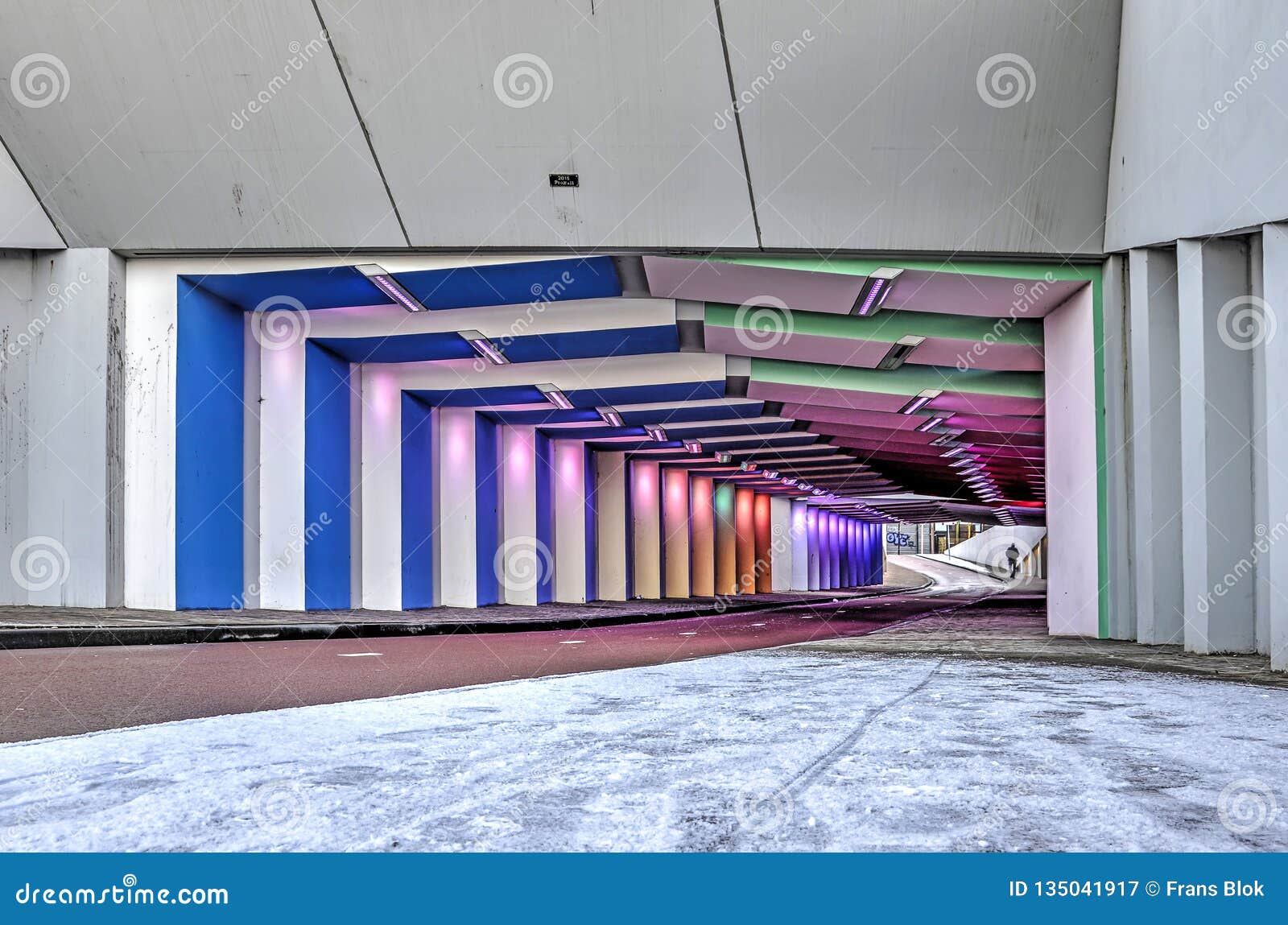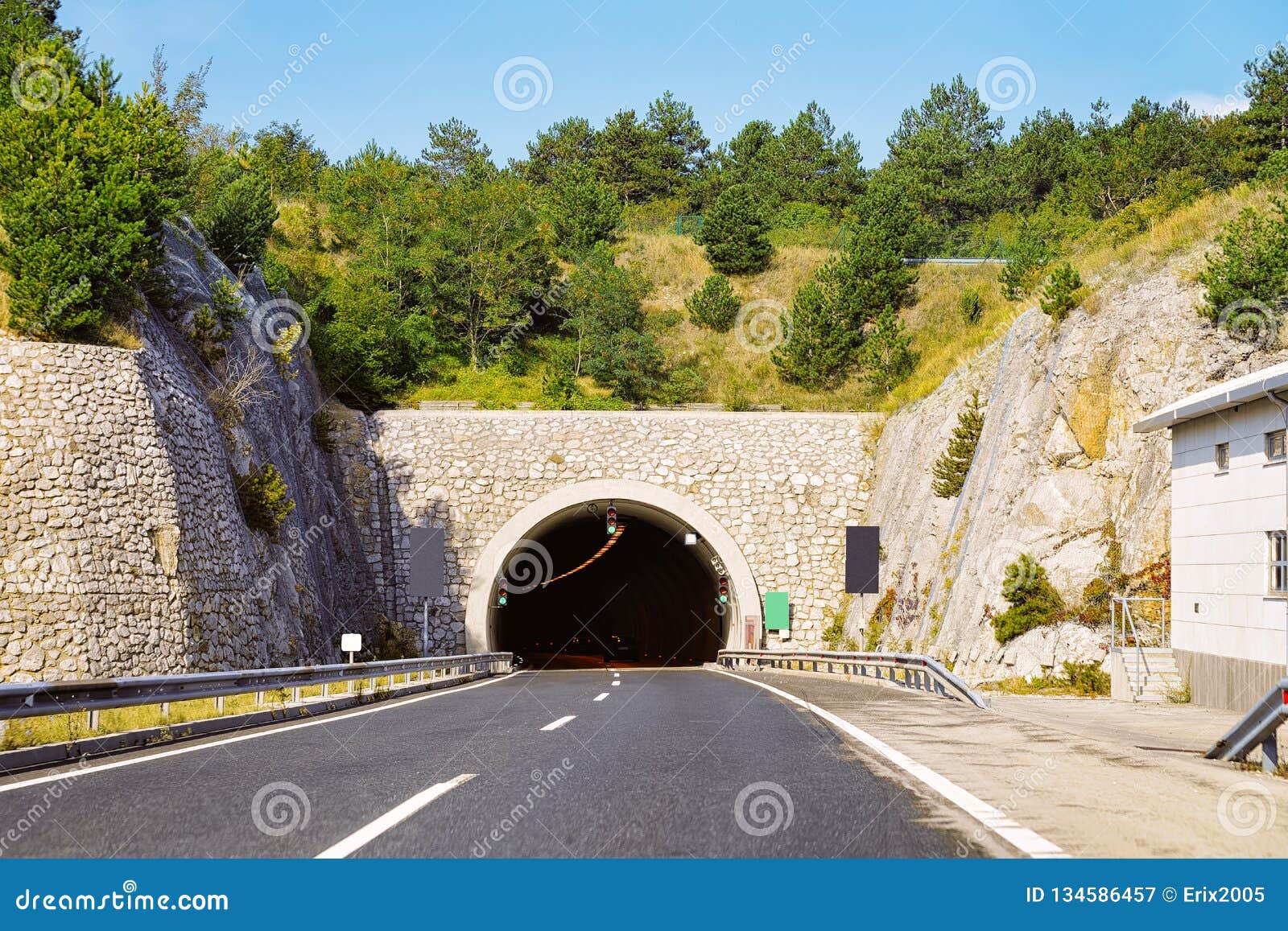

Our study suggests crossing location can affect animal migrations even if structures facilitate animal crossing. On average, antelopes prolong their migration distance by 86.19 km (SEM = 17.29 km) in order to access the underpass. We found that antelopes stray farther away from the optimal routes as they approach Wubei, indicating that animals have to deviate from their optimal migration pathway to access the railway underpass.

We calculated the distance from actual migration routes recorded by Argos to the modelled optimal routes. We used two corridor modeling methods to identify optimal routes that theoretically require less energy to travel between seasonal habitats. We calculated the net-squared displacement of each animal to identify migration segments (wintering, calving, and migrating) based on Argos tracking data. Using the Wubei wildlife underpass along the QTR, we evaluated how underpass placement affects migration routes and decreases movement efficiency. The long-distance migration of Tibetan antelope ( Pantholops hodgsonii) is directly affected by the Qinghai-Tibet Railway (QTR). However, crossings placed at suboptimal locations may alter animals’ natural movement pattern and decrease population fitness, which cannot be reflected solely by counts of animal use. Most efforts in evaluating crossing efficiency focus on counting animal use. Wildlife crossings are designed to mitigate barrier effects of transportation infrastructure on wildlife movement.


 0 kommentar(er)
0 kommentar(er)
